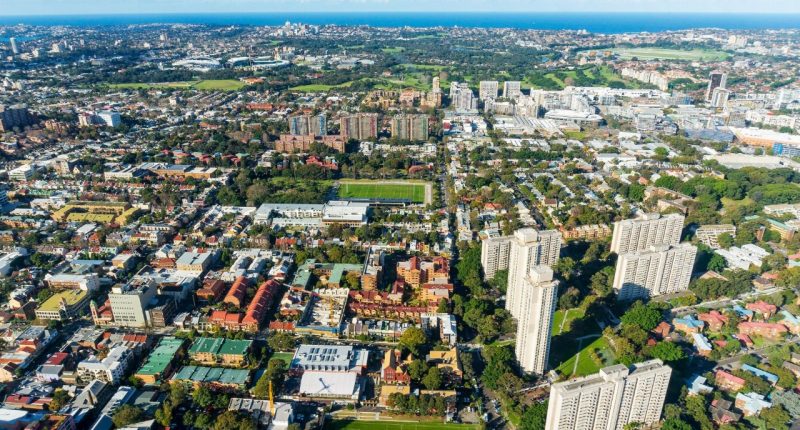The Australian Bureau of Statistics (ABS) has released the latest building activity data for the March quarter of this year, revealing total dwelling commencements rose 14 per cent quarter on quarter (QoQ).
Notably, new private sector and other residential commencements rose 57.2 per cent to 19,344 dwellings.
Flats and townhouses, which are defined differently from houses by the ABS, saw an 11.8 per cent increase for the year.
Meanwhile, house commencements from the private sector fell by 5.5 per cent QoQ to 26,026 dwellings, following a decrease of 4.6 per cent in the December quarter and an overall 15.8 per cent decrease for the year.
Although the 57 per cent jump in new private sector and other residential commencements is significant, the value of total building work done experienced a 0.4 per cent QoQ decrease, amounting to $30.7 billion.
However, the number of dwellings under construction is above pre-COVID levels, with a 1.3 per cent increase to 240,813 dwellings, as evidenced by the graph below.

Implications
The latest data suggests that the supply chain issues that have been hampering the construction industry in Australia may be easing.
Nevertheless, construction businesses continue to face challenges, and insolvencies are spreading beyond the construction sector into other industries.
Significant developments are also occurring in the property investment space.
CoreLogic Asia Pacific’s Head of Research Tim Lawless stated earlier this week that the number of investment properties being sold in Australia is on the rise, as high-interest rates make mortgages more expensive than rent. As a result, more investors are exiting the property market.
“There is an array of state-level policy, regulation and taxation changes that have resulted in … uncertainty,” Mr Lawless wrote.
“At the same time, new listings in each capital combined rose 9.9 per cent QoQ this month.
“This counter-seasonal trend is something to keep an eye on as historically new listings … trend lower through winter.
“Supporting housing values through the year has been a lack of available supply … signs of a counter-seasonal rise in listings will indicate an imbalance between supply and demand is normalising.”








